As the Aeromexico flight we’re on crosses the US-Mexican border I can feel a tangible change. Up until this invisible line there has been no deviation from a flight path: an arc out of Montreal and then a diagonal line towards Houston. As we cross the border flight attendants wheel a cart down the aisle full of free tequila and fruit juices and in the cockpit the captain curves the plane to the west just south of Matamoros and sets a long, straight bead on the Mexico City airport. It’s a busy airport but we’re not waiting for anyone. He barrels in straight, slapping down at a lot faster than usual and then coming up short after a strong brake. You get a definite impression that he feels this is his place, and so too do our two-hundred or so co-passengers. A few whitish faces to be seen, but most people are coming home, in one sense or another.
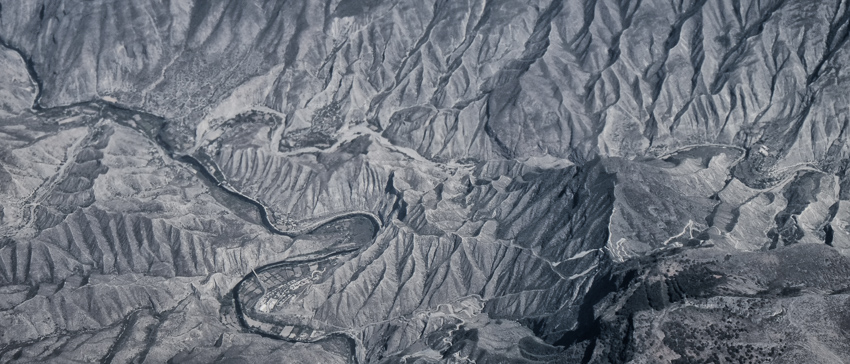
Crossing mountains north of Mexico City It’s hard to believe that there could be a village or agricultural land in such a landscape, but you can see both in the river bed near the bend.
I have a friend who lives in Europe who wrote a few days ago to confess embarrassment. She is helping out with the refugee situation in her country and had inadvertently revealed surprise (to a Beiruti) that Lebanon could possibly have a functioning postal system (it does). I feel a little of the same about myself in Mexico City. I’m embarrassed to look around and see how different the daily life is from the image that forms in my mind reading the press – and I should know better. But I’m going to relax about things pretty quickly. It’s just starting spring here and people are still bundled up – even though as I write it’s 23C. I’m wandering around in a summer-weight clothing and looking, well, a bit dazed.
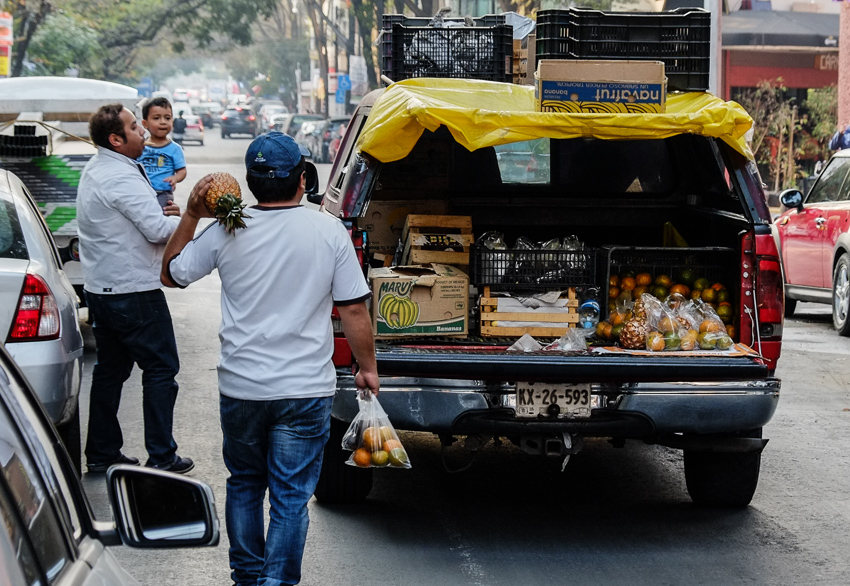
In Montreal there hasn’t been a ripe plum tomato sighted since late October so suddenly having fresh, ripe fruit and vegetables of every variety is a bit of a shock. These vendors travel up and down the streets calling with speakers.
It’s no wonder I’m in shock. There’s the social shock, being thrown suddenly into a Latin culture. There’s the visual shock, suddenly being surrounded by color and texture. And then there’s just plain pleasure, still shocking, of escaping winter. In Montreal we had been up just after 4am to get to the airport. We drove through the monochrome early morning light to Dorval airport, and were surprised to find we had been beaten to the line-up at the ticket counter by several other early-morning folk. Passing through security we found our plane already at the gate so our worries about inevitable delays subsided …

Getting ready to leave early morning, Dorval airport in Montreal. No snow but cold.
After landing we walked around in the evening light looking for changes in the neighbourhood where we have now stayed four times. Next morning (today) we headed on foot to the office of ecobici. I’ll write more about biking in a later post. After getting our ecobici cards we went to a restaurant nearby that was packed with families and friends. Happily fed we swiped our new bike cards and headed north towards Reforma to poke around and do some errands.
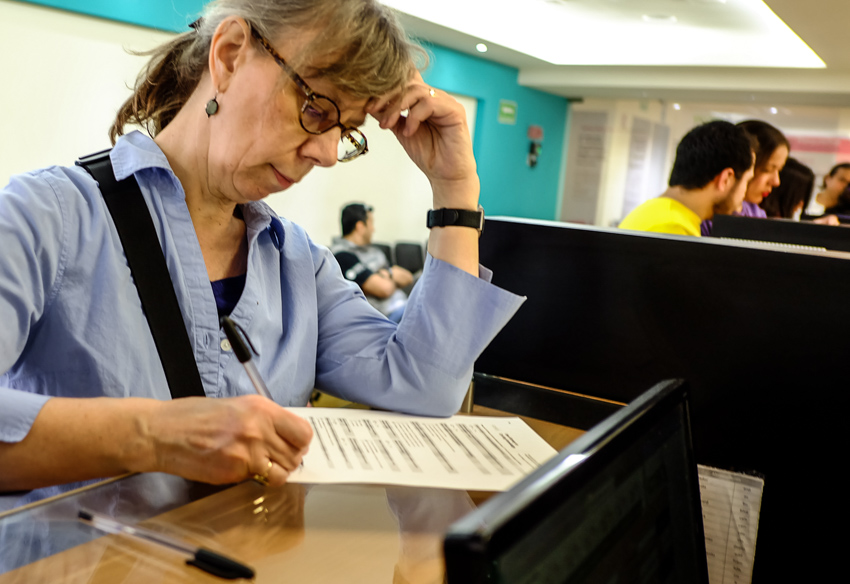
Proof that we really are good citizens In Mexico City you have to pass a bike exam to get a pass to the rental system. Last year it was in Spanish, this year it’s in English. We both got an A, marked and circled at the top! More about renting bikes in a future post.
Spring really is just starting. The riotous happiness of all the flowers in bloom that’s usually going on in March is only just being hinted at now. I can see, perhaps, how this might be considered “winter” but it’s still warm, there’s lots of light and color, and even a few Jacaranda trees bravely breaking out their blue-magenta blooms.
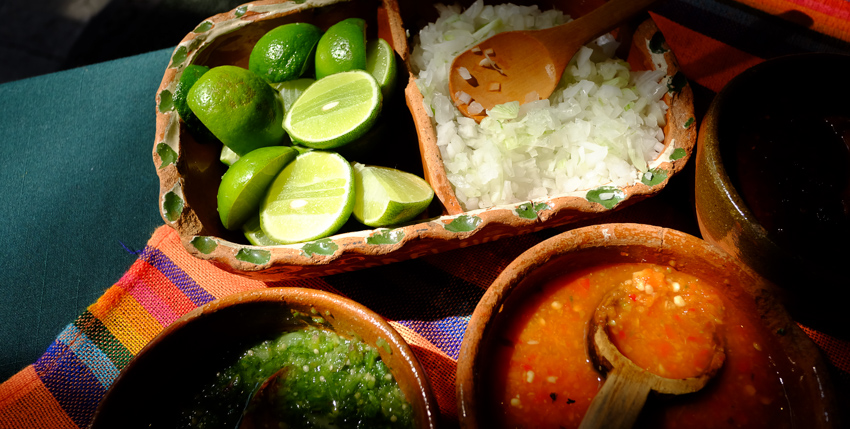
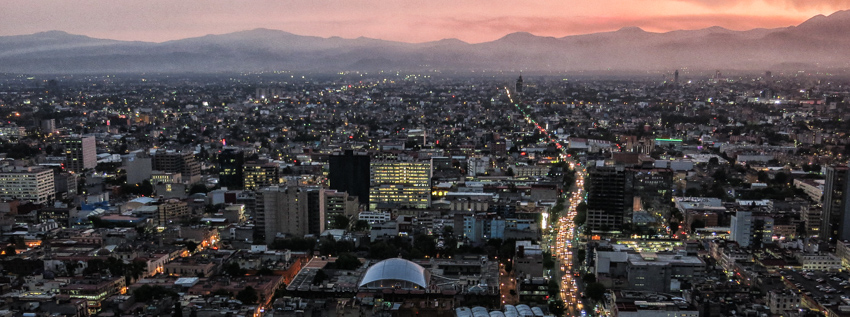
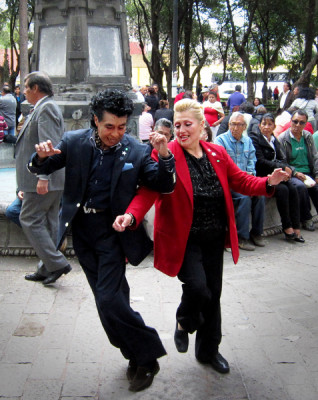

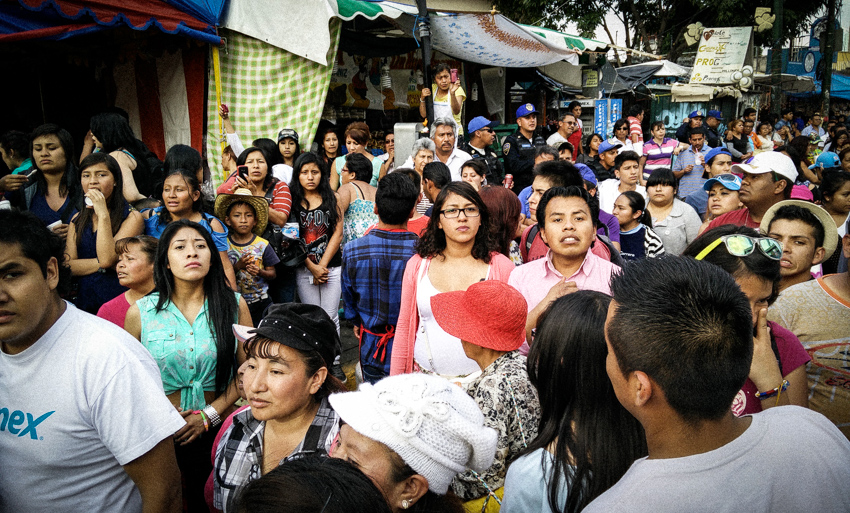


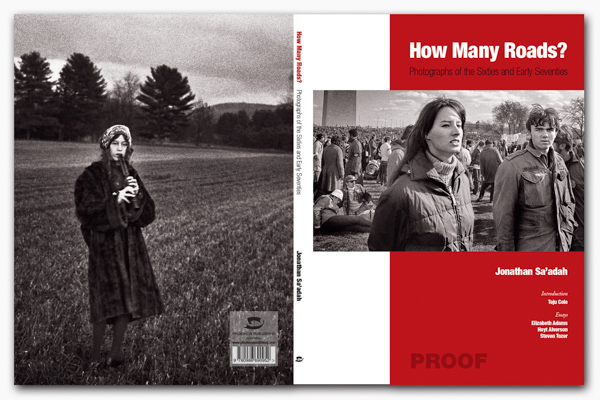
Recent Comments